Much can and has been said about this amazing monument. In fact, many theories diverge dramatically, regarding the purpose and span of time during its construction.
There is a lot of information that most theories agree on. Radiocarbon dating of soil and bone tools found in the appropriate strata date construction of Stonehenge to somewhere in the 3000-2000 BCE range, which maps to the Neolithic age. The stones are also not native to the immediate area, instead are from 240 miles away in Wales. The orientation of many of the remaining stones seems to coincide with a solar calendar.
What this tells us is that stone age technology was used to transport these huge stones the 240 miles, to shape the stones to fit together using carpentry methods, to dig the holes for the stones to sit in as well as the earthwork ditch/bank for the henge, to move the standing stones into place, and to raise the lintel stones into place on top of the standing stones.
Here are a few small goodies that will make your visit a bit richer:
The biggest misconceptions about Stonehenge is not that what you might think. 1) The term “henge” refers to a circular earthwork where the bank has an internal ditch. The term has nothing to do with the stone structures. There are dozens of other henges scattered across the south of England, with or without standing stones. 2) Stonehenge is actually not a proper henge, as are found all over the south of England. The technically proper placement of bank and ditch is reversed at Stonehenge. 3) Stonehenge was built by pre-Celtic peoples, so the Druids had nothing to do with creating the monument (for the record, the modern Druidic religion is a modern reinvention). 4) Mortise and tenon joint elements show up on the wrong parts of some extant standing and/or lintel stones, implying that we are today able to see mistakes made during the original construction some 4000-5000 years ago. Or perhaps, they are not mistakes, the stones may have been repurposed; they were used previously for a different purpose, and maybe even at a different location prior to their use here.
The monument and surrounding area is breathtaking. Spend some time in the region north of Stonehenge, exploring the Cursus, Cursus Mounds, and Woodhenge.
Know Before You Go
The best and simplest way for travelers to visit Stonehenge is to go to the Stonehenge Visitor Center, which has a huge free car park, ample services, an exhibition (museum), a model village, and shuttle buses out to the site and back. If you care to walk it, you can do that instead.
Many tour operators offer all types of coach tours to the site.
The cheapest way to visit is to drive towards the henge (with it on your right) and park up on the dirt road just after you go past. From here you can walk almost as close as people who have paid the site entry fee, saving yourself some money. Keep in mind that these are private roads to active farmers' fields, so you may encounter some pushback.













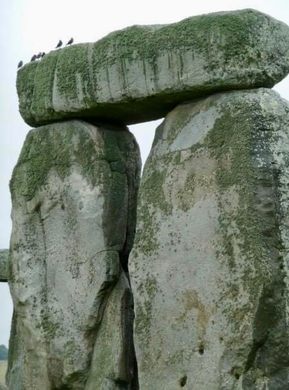
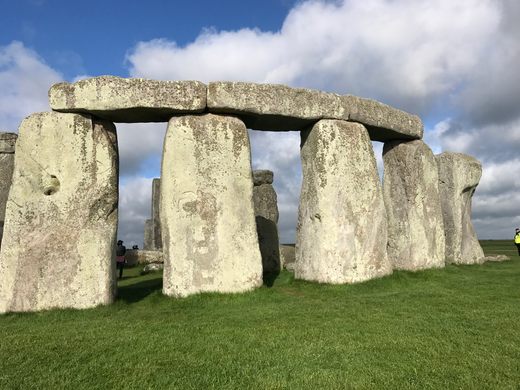
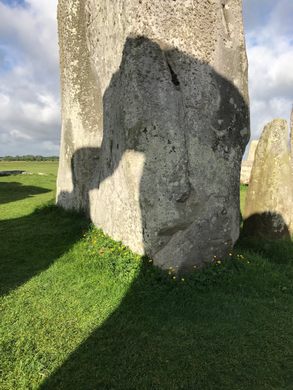
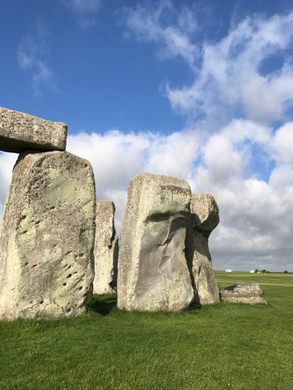






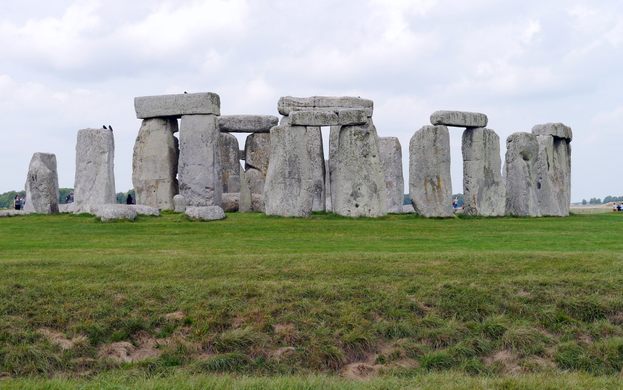


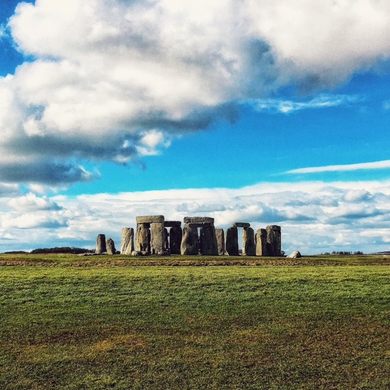





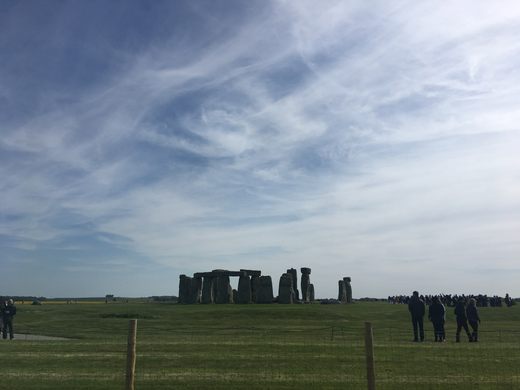
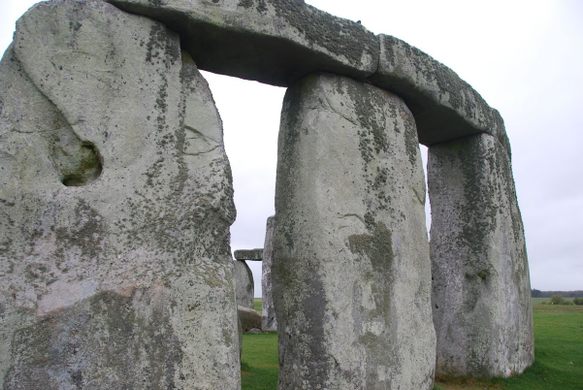
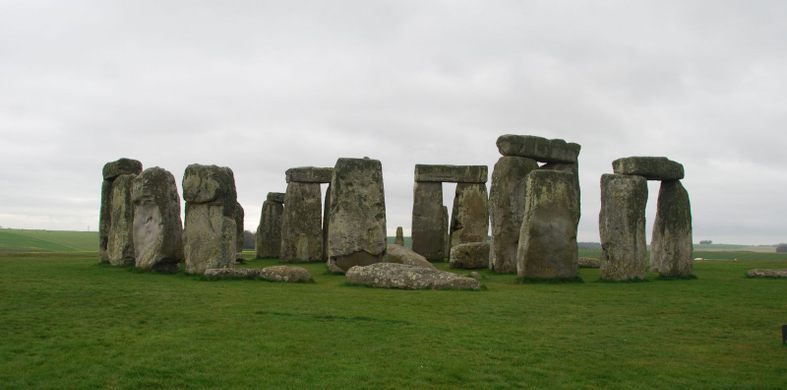


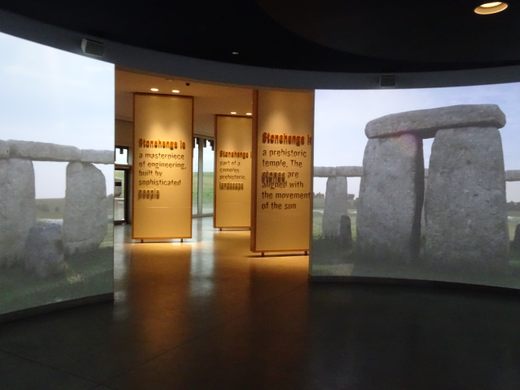
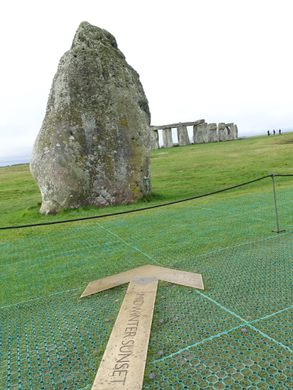
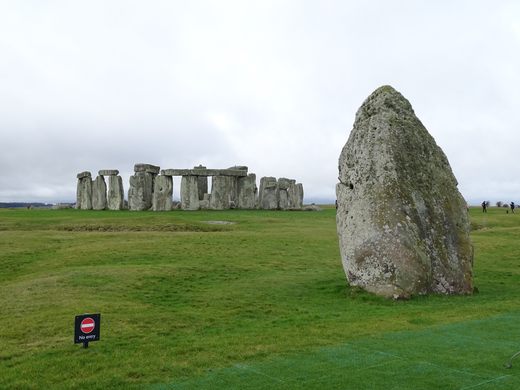
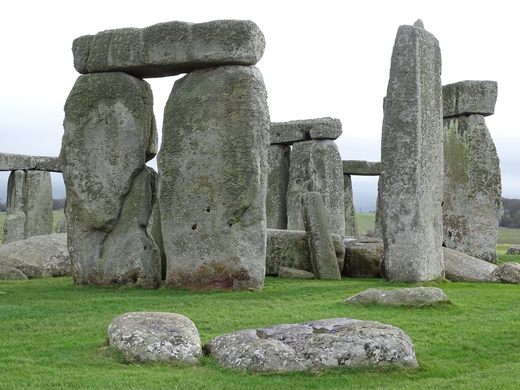

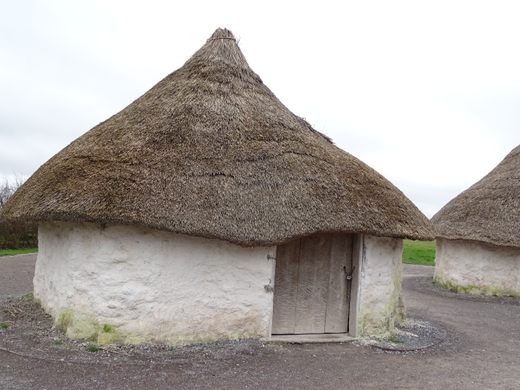

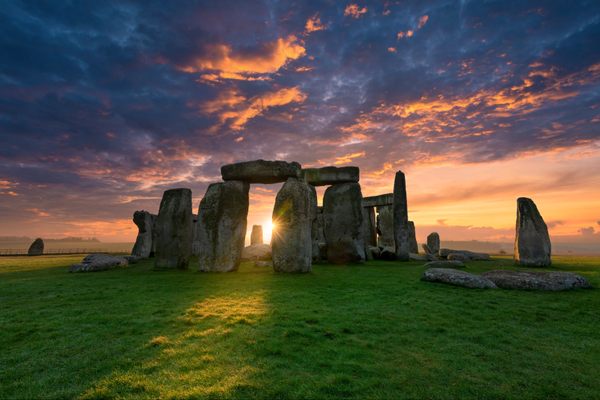




























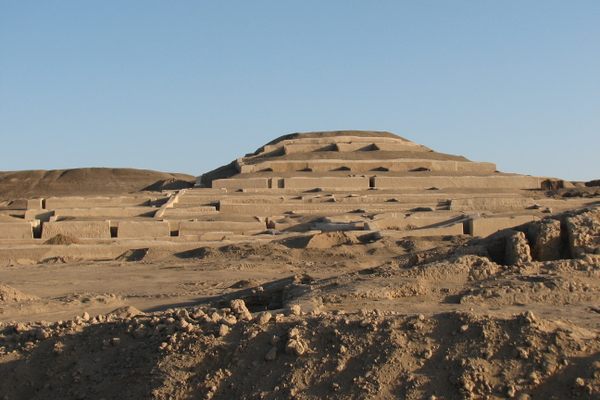
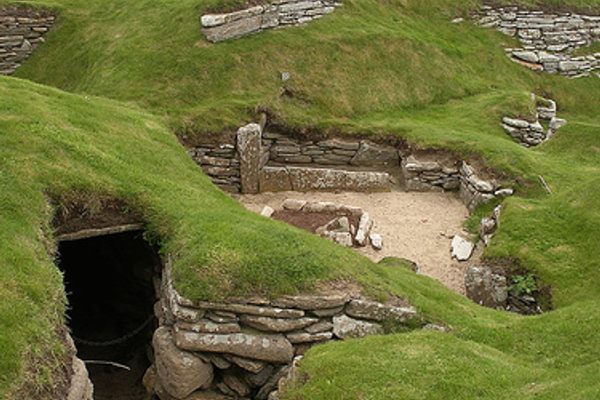


Follow us on Twitter to get the latest on the world's hidden wonders.
Like us on Facebook to get the latest on the world's hidden wonders.
Follow us on Twitter Like us on Facebook